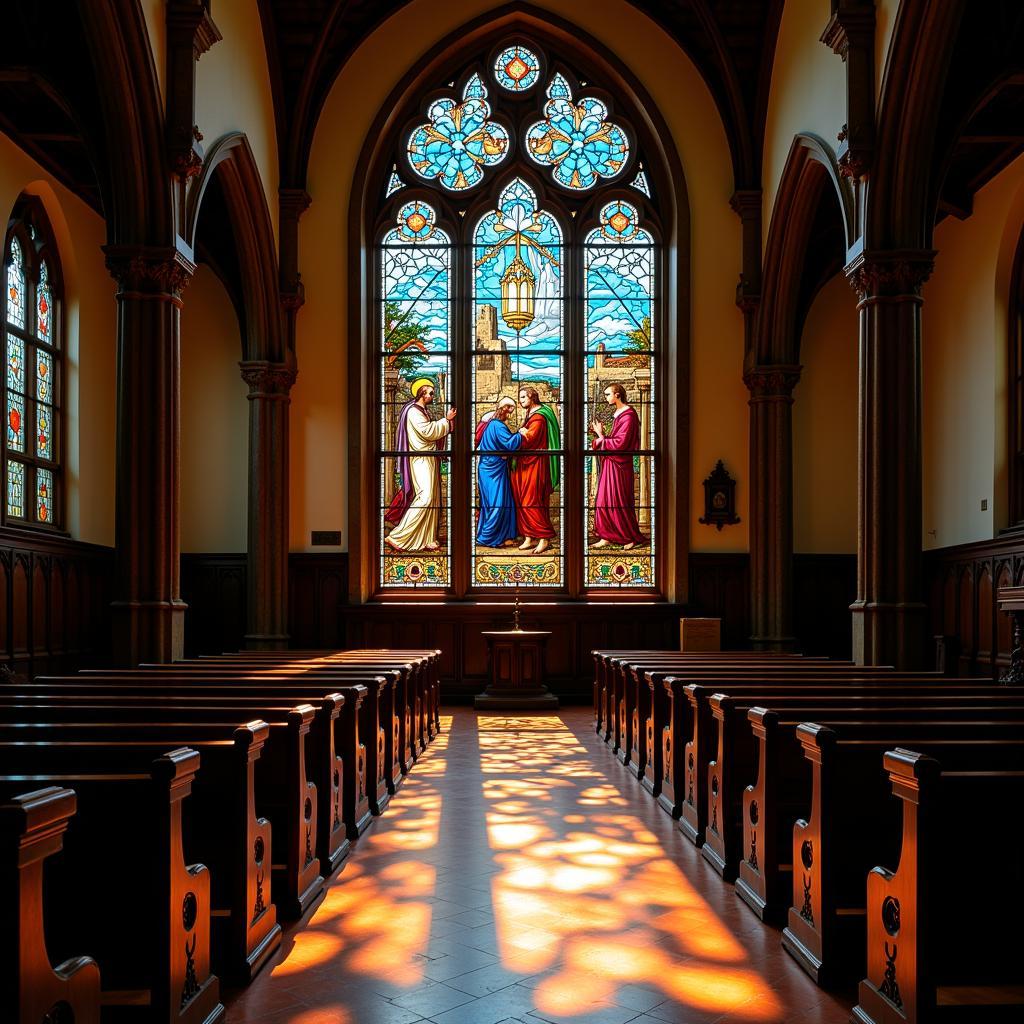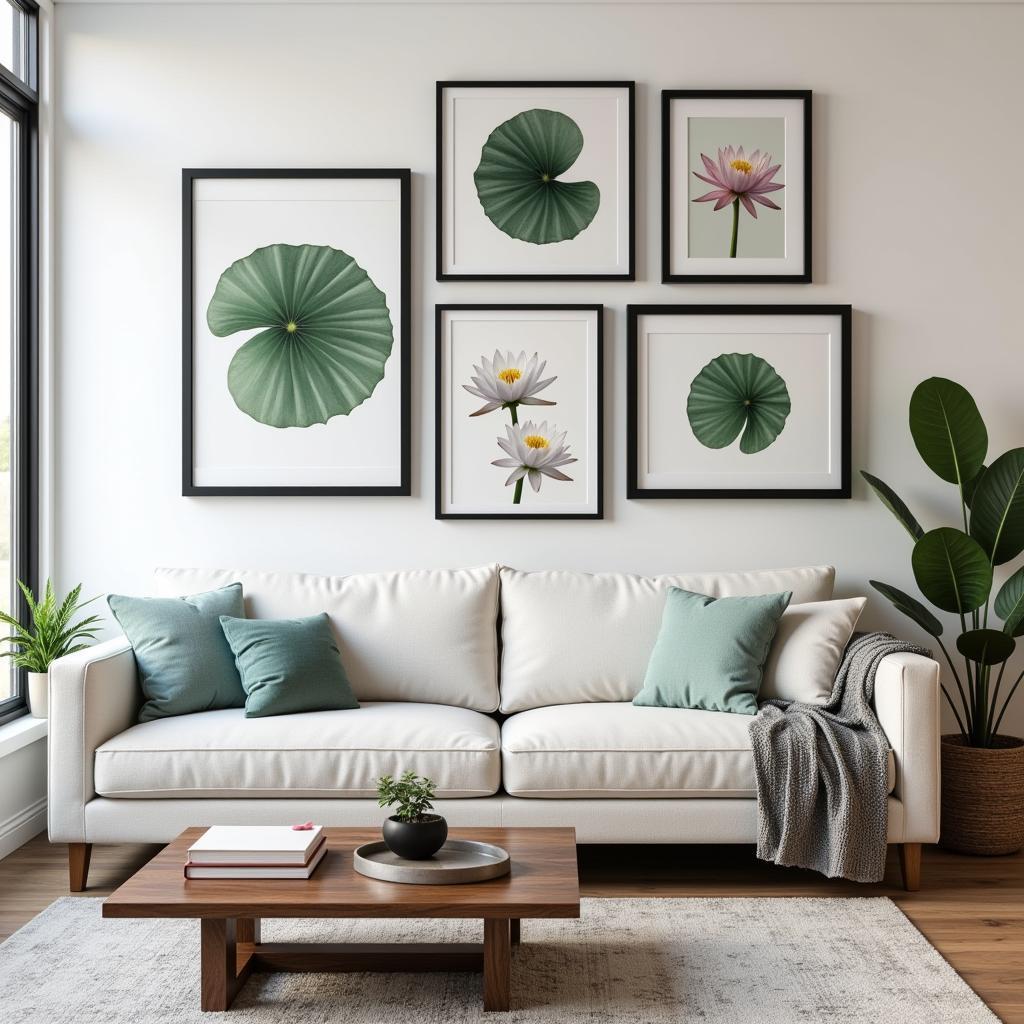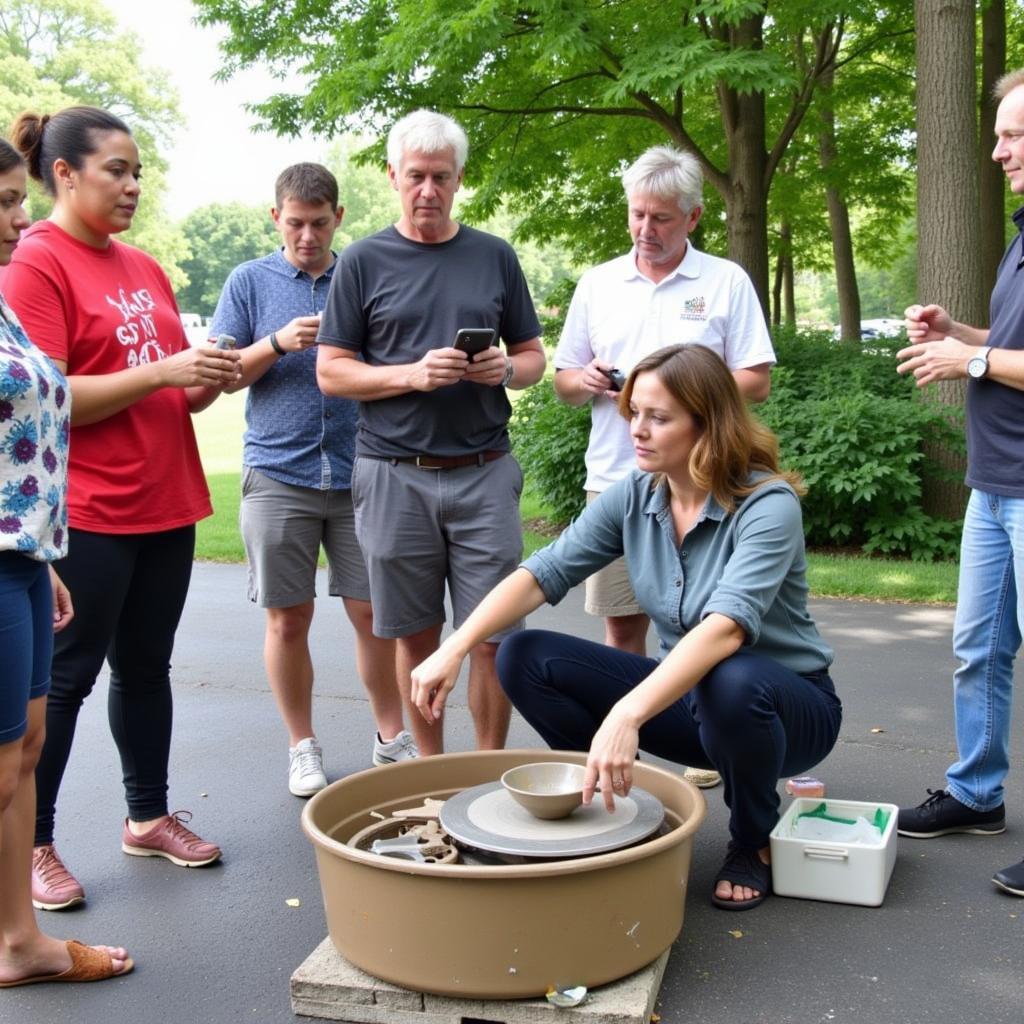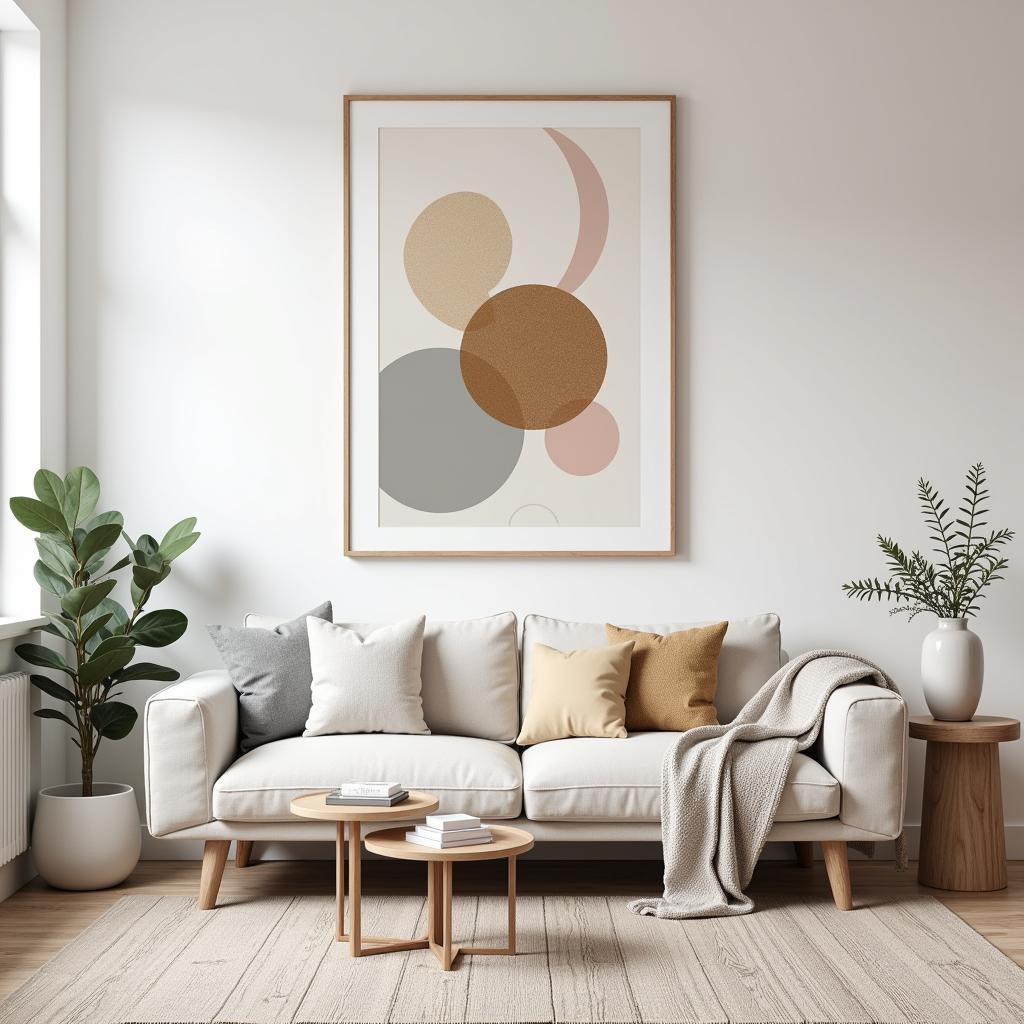Exploring the Divine: A Journey into Liturgical Art
Liturgical Art plays a vital role in enriching worship experiences and conveying spiritual truths within religious traditions. From stained glass windows that illuminate sacred spaces to intricate carvings adorning altars, these artistic expressions serve as powerful reminders of the divine. This article delves into the world of liturgical art, exploring its history, significance, and diverse forms. We’ll uncover the profound impact it has on fostering spiritual connection and enhancing communal worship. Just after the introduction, we’ll explore some key examples of Christian liturgical arts publishers who have helped shape the field.
Understanding the Purpose of Liturgical Art
Liturgical art is more than just decoration; it’s a visual language that communicates complex theological concepts and evokes a sense of reverence. It serves as a bridge between the physical and spiritual realms, inviting worshippers to engage with their faith on a deeper level. Consider the intricate details of a Byzantine icon or the soaring arches of a Gothic cathedral – each element contributes to an immersive experience that transcends the ordinary. These artistic creations are not merely aesthetic pleasures but rather tools for spiritual contemplation and growth. They offer a tangible connection to the divine, helping worshippers to understand and internalize their faith’s core tenets. What are the key elements that make a piece of art truly “liturgical”? How does it differ from other forms of religious art? Let’s explore these questions further.
 Stained glass window depicting biblical scenes in a church, showcasing vibrant colors and intricate details, a prime example of liturgical art.
Stained glass window depicting biblical scenes in a church, showcasing vibrant colors and intricate details, a prime example of liturgical art.
The history of liturgical art is intertwined with the development of religious practices and beliefs. From early Christian symbolism hidden in catacombs to the grand artistic expressions of the Renaissance, liturgical art has always reflected the evolving spiritual landscape. Different denominations and faiths have unique traditions and artistic styles, each contributing to the rich tapestry of liturgical art. Christian arts publishers, for example, have played a significant role in documenting and disseminating these traditions. How has liturgical art evolved over the centuries? What are some of the defining characteristics of different periods and styles?
The Diverse Forms of Liturgical Art
Liturgical art encompasses a wide range of artistic mediums, including painting, sculpture, architecture, music, textiles, and metalwork. Each form offers unique possibilities for expressing spiritual themes and engaging the senses. Imagine the rich textures of an embroidered altar cloth, the resonant tones of a pipe organ, or the captivating imagery of a painted icon. These diverse expressions contribute to a multi-sensory worship experience that resonates deeply with individuals and communities alike. What are the specific functions of different art forms within liturgical contexts? How are they used to enhance particular rituals and ceremonies?
Exploring the Significance of Icons in Eastern Christianity
Icons, particularly prevalent in Eastern Christian traditions, are revered for their ability to convey spiritual truths and inspire devotion. These sacred images, often depicting Christ, the Virgin Mary, or saints, are not merely representations but are believed to be windows into the divine. The creation of an icon is a deeply spiritual process, involving prayer and fasting, and the finished work is considered to be a sacred object. How do icons function within the liturgical practices of Eastern Christianity? What is the theological significance attributed to them?
![]() Byzantine icon of Christ Pantocrator, showcasing the traditional gold background and intricate details, a powerful example of liturgical art in Eastern Christianity.
Byzantine icon of Christ Pantocrator, showcasing the traditional gold background and intricate details, a powerful example of liturgical art in Eastern Christianity.
Liturgical Art in the Modern Era
Liturgical art continues to evolve in the modern era, reflecting contemporary artistic trends and engaging with new technologies. Artists today are exploring innovative ways to express spiritual themes, often incorporating modern materials and techniques. This creative exploration allows liturgical art to remain relevant and engaging for contemporary audiences, while still honoring traditional forms and values. How are artists adapting traditional liturgical art forms to contemporary contexts? What are some of the new and emerging trends in liturgical art?
Conclusion: The Enduring Power of Liturgical Art
Liturgical art continues to hold a profound significance in the lives of countless individuals and communities. It serves as a powerful reminder of the divine, enriching worship experiences, and fostering a deeper connection with the spiritual realm. Whether through traditional forms or modern interpretations, liturgical art continues to inspire, uplift, and connect us to something greater than ourselves. By understanding its purpose and appreciating its diverse forms, we can gain a richer understanding of the role art plays in shaping our spiritual journeys.
FAQ
- What is the primary purpose of liturgical art? To enhance worship and convey spiritual truths.
- What are some common forms of liturgical art? Stained glass, sculpture, icons, music, textiles.
- How has liturgical art evolved over time? It has adapted to different artistic styles and incorporated new technologies.
- What is the significance of icons in Eastern Christianity? They are seen as windows into the divine.
- How can I learn more about liturgical art? Explore resources from Christian arts publishers and visit churches and museums.
- Where can I find examples of contemporary liturgical art? Many contemporary artists specialize in liturgical art, showcasing their work online and in galleries.
- How can I incorporate liturgical art into my own spiritual practice? Consider using religious imagery in your home or attending services that feature liturgical art.
Common Scenarios and Questions:
Scenario: A church is looking to commission a new stained glass window. Question: What factors should they consider when choosing an artist and design?
Scenario: An individual is interested in incorporating liturgical art into their home. Question: Where can they find resources and information on selecting appropriate pieces?
Further Exploration:
Explore more about Christian art and find more resources related to specific liturgical events like Ash Wednesday.
Need Help? Contact Us!
For assistance with any art-related inquiries, please contact us:
- Phone: 02462573573
- Email: danteum@gmail.com
- Address: Savico Megamall, 7-9 Đ. Nguyễn Văn Linh, Gia Thụy, Long Biên, Hà Nội 10000, Việt Nam.
Our customer service team is available 24/7.




